Saturday, 8:00am
7 January 2023
Colin Forbes 1928-2022
The death of Colin Forbes closes a significant chapter in the history of British graphic design. Obituary by Patrick Baglee
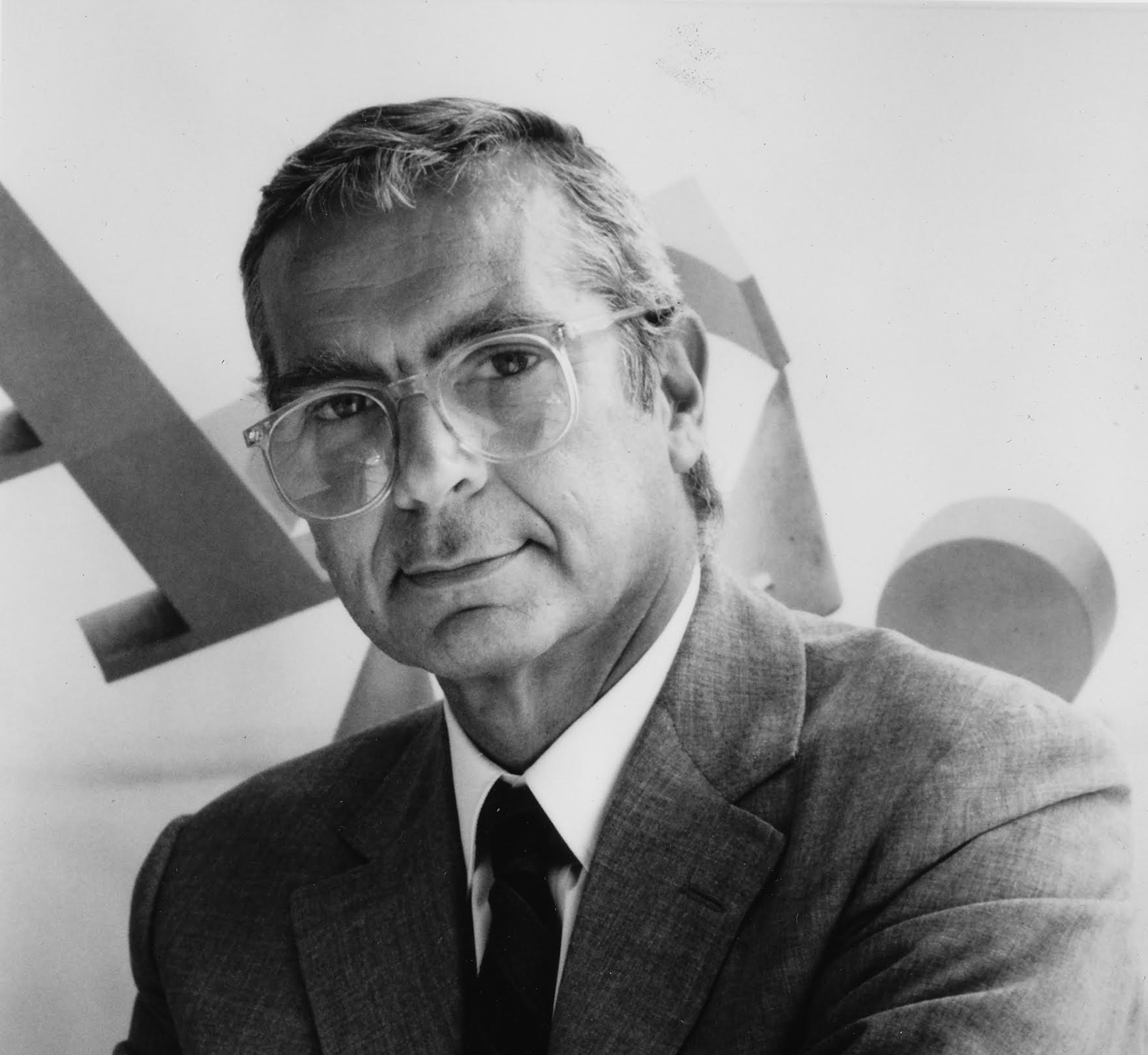
The death of Colin Forbes closes a significant chapter in the history of British graphic design and breaks the last living connection to the remarkable creative partnership of Fletcher, Forbes, Gill, writes Patrick Baglee.
Though Forbes’ pivotal role in the formation and success of Pentagram may be greater in its scale, the work of Fletcher, Forbes, Gill in the early 1960s leaves a substantial and lasting graphic legacy that remains rare in its quality and generosity.
Forbes was born in 1928 in Goodmayes, Essex. The family moved to a 1930s semi-detached house in Gidea Park soon after. He went to Brentwood School, boarding at Mill Hill House, but left aged 15 and started work as a messenger for a commercial studio on the Strand. On occasion the young Forbes would deliver parcels to Misha Black at the Ministry of Information, and one day a week the studio sent its younger employees to art school. Over time, as the messenger work took him to various studios and offices, he saw enough evidence that it might just be possible to make a living in the field of design.
Forbes applied for a place at the Central School of Arts and Crafts and set off with his portfolio, full of sketches of family members and cutaway drawings of aeroplanes. He was accepted but left just a year later to do his National Service, joining the Army at 18. He spent a good deal of his service in Palestine, as a staff sergeant responsible for administration at an ordnance depot where he oversaw five German prisoners of war. In the course of his service he learned, among other things, how to shift ‘huge amounts of paperwork’. Significantly, he also attended a course in rudimentary bookkeeping.
Logo for the International Die Casting Conference 1966. The two sixes represent the positive and negative of the mould. The logo was used to create a distinct link between multiple printed items at the conference.

On his demobilisation Forbes took digs in London and returned with a grant to fund his studies for three years at a much-changed Central School. It was there, during a smoking break between life-drawing classes, that he first met Alan Fletcher, and the two began an instant friendship that would last a lifetime. It was also at Central that Forbes met three figures whose influence on him would be lifelong: head of department Jesse Collins, Anthony Froshaug and Herbert Spencer.
Forbes graduated from Central as a Bachelor of Fine Arts and started to pick up freelance assignments alongside more regular work as an assistant at Herbert Spencer’s studio. Projects included work on the Architects Yearbook and signage for London Airport. He would go on to teach at Central between 1953-57 before taking a job as an art director at Stuart Advertising.
As the 1950s came to an end, Forbes found himself at a crossroads. His first marriage had ended in divorce, and he had grown tired of teaching. An uncertain future loomed until a letter from Alan Fletcher (who he thought was the coolest man he’d ever met) changed everything. In the letter, Fletcher said that if Forbes could afford the airfare to New York, he and his wife Paola would put him up for the summer.
A portrait of the five founders of Pentagram, most likely taken as part of the work on ‘Pentagram: the work of five designers’, published by Lund Humphries in 1972. From left: Theo Crosby, Kenneth Grange, Colin Forbes, Mervyn Kurlansky, Alan Fletcher. This particular group portrait didn’t actually appear in the book.
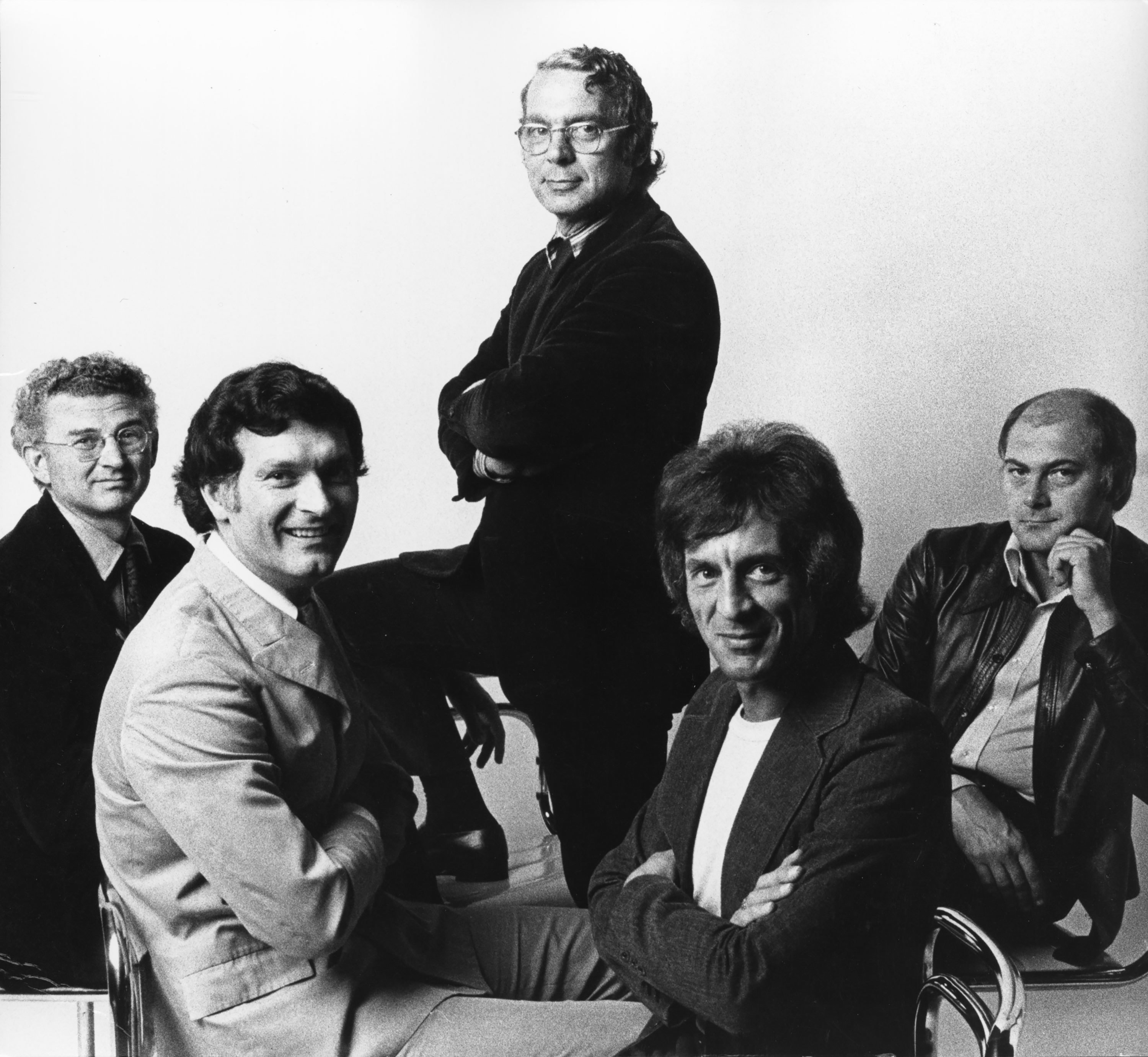
Clutching a letter of introduction from designer and typographer Aaron Burns (who had been encouraged to meet with Forbes by Herbert Spencer) he arrived in New York and set out to meet a series of influential figures on the New York scene including Will Burtin, Gene Federico and Paul Rand. Forbes was mesmerised by the people and the place, and he spent time visiting studios, discovering the city, and assisting Fletcher on pieces of work for Time Life. Perhaps the most significant event during his stay was meeting Robert Brownjohn, Ivan Chermayeff and Tom Geismar, ‘three guys doing interesting things’, including making money.
Despite the fact the Fletcher’s modest 8th Street apartment meant Forbes had to sleep with his head in one room and his feet in another, the Fletchers’ generosity changed his life. Re-invigorated, he returned to Central and was appointed Head of Graphic Design – a position he held until the early 1960s. In 1961, Forbes re-married and ran his freelance practice out of a basement apartment on the corner of Montagu Square and George Street. Fletcher, just back from the US himself, rented desk space from Forbes for £4 a week and the two shared general expenses.
Soon after, Fletcher introduced Forbes to Bob Gill, and after months of conversations the three joined forces to become Fletcher, Forbes, Gill on 1 April 1962. The studio quickly became ‘the’ place to work. When work did come in, it was often from advertising agencies who had hit a creative block or were at risk of losing a client and needed fresh ideas. If things got busy, Forbes was often the one in the office late or over the weekend working to hit the Monday deadlines.
Published in several languages, Plastics Today was the quarterly house journal of the ICI Plastics Division. In 1968, Gebrauchsgraphik described the covers as ‘genuine graphic interpretations of the subject matter’.
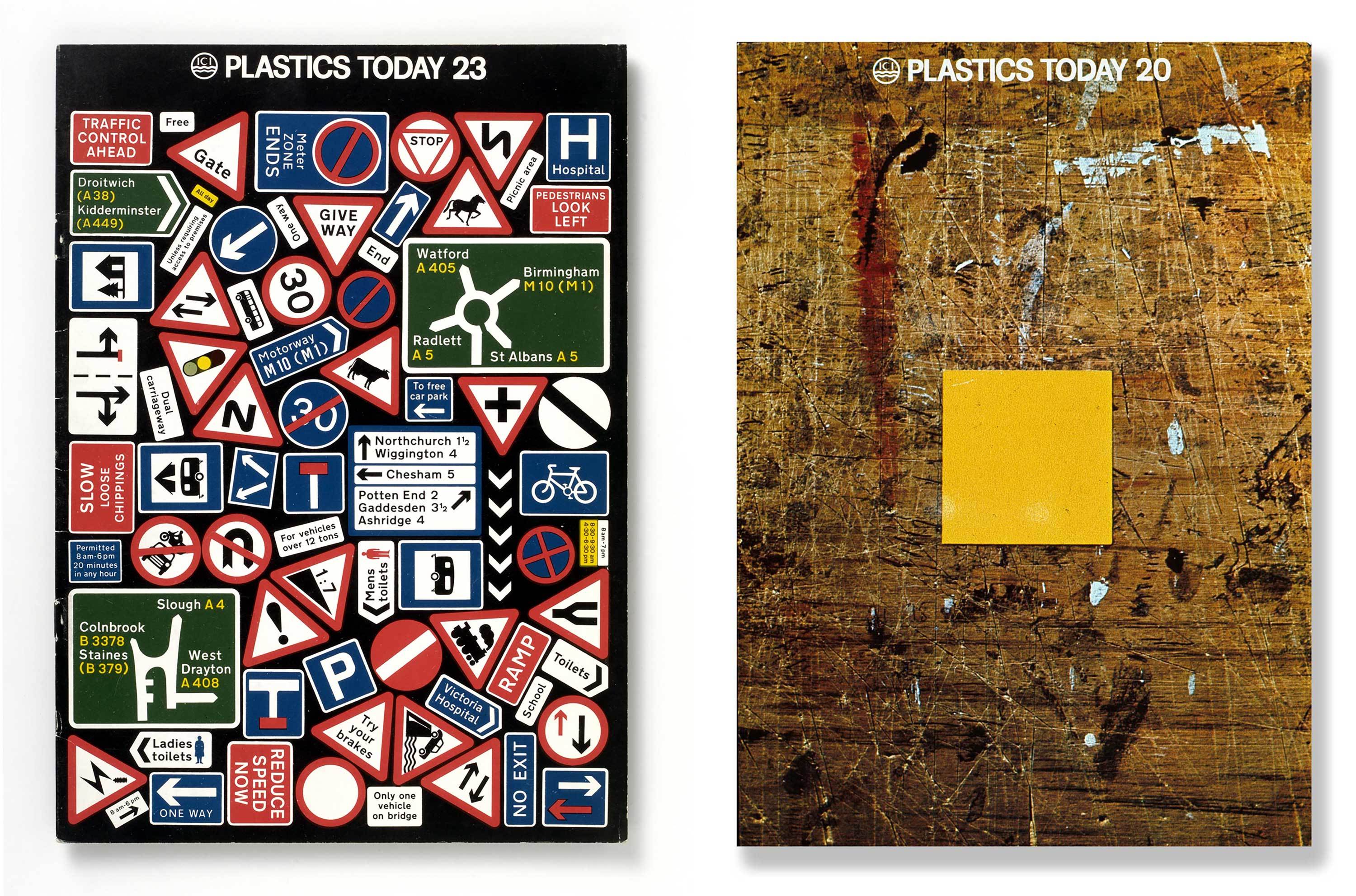
Yet even though Fletcher would describe winning clients as being like ‘shooting fish in a barrel’, the money didn’t always roll in and troubleshooting for advertising agencies didn’t seem a particularly strong foundation for a long-term business. The partners would remember the jobs that made money and forget the others, but Forbes wanted to find a way to make Fletcher, Forbes, Gill run more efficiently and profitably, seeking the advice and guidance of new mentors including a friendly printer who helped him grasp the gritty realities of business finance.
Eventually Forbes took a sabbatical from the day-to-day work of the studio to examine the different ways in which the business could structure itself and be on a more certain footing. His Army bookkeeping course made him the person with the closest eye on (and greatest confidence in) the numbers and so, for three months he arrived at the office as per normal, but with the business of Fletcher, Forbes, Gill as his sole focus. The resulting thinking, inspired partly by a close reading of J. P. Sloane’s My Years with General Motors set the foundations for the structural and operational framework of the various post-FFG entities, and ultimately shaped the partner-driven approach of Pentagram.
The Nissan logo, designed by Forbes in 1982, was given a unique typographic expression by Matthew Carter. Carter also collaborated with Forbes on the typeface used on the signage for the No. 3 passenger building of London Airport.

But business operations were just one element of Forbes’ contribution to FFG. In a revealing conversation with the AIGA, he described the more systematic thinking required by many of his projects. ‘There are different ways of designing,’ he explained. ‘Alan Fletcher might doodle with a logo first, but designing the system, which might be where I’d start, is no different.’ A landmark product of his thinking, A Sign Systems Manual, published by Studio Vista in 1970 remains a classic work. Based on the system devised by Crosby, Fletcher, Forbes for the QE2, the book was intended as a guide to delivering similar schemes for businesses, architects and local authorities.
The D&AD logo, designed by Colin Forbes, artwork by Wolf Spoerl. Pentagram’s own Living by Design described the logo as ‘a ragbag of letters’. Recipients of the first D&AD awards walked away with actual size pencils with leads of gold or silver.

Forbes was also responsible for the design of the D&AD logo, gluing each of the four characters to the sides of a wooden cube, photographing it, and then handing the print to artworker Wolf Spoerl who tidied up the result. As a member of its founding group, D&AD was a passion for Forbes, though the early judging sessions could be raucous.
With the arrival of architect Theo Crosby and the departure of Bob Gill towards the later part of the 1960s the transformation from FFG to Pentagram began. Eventually, Fletcher, Crosby and Forbes were joined by Kenneth Grange and Mervyn Kurlansky and the new consultancy was born, based around the model that Forbes had established at FFG. As described in Pentagram: the work of five designers, the partnership was an acknowledgment that the ‘growth and complexity in the structure of society and industry must be matched by an equal sophistication of diverse design abilities and services.’
Pentagram’s London office grew, and in 1977 Forbes moved to New York to set up shop. Over the years that followed he was central to Pentagram’s expansion in the US and further afield but by the early 1990s Forbes had stepped down from the day to day at Pentagram to spend time on the 100-acre North Carolina farm that he and second wife Wendy called home. He took pride in the house they built together, in the horses that they provided a retirement home for, and in the asparagus plants he grew there (the success of which Forbes attributed to a limitless supply of manure).
Published by Studio Vista in 1970, A Sign Systems Manual was based on the signage that had been implemented on the QE2 for Cunard. It was, in part, produced to help people with little or no typographic experience or graphic design training to do the best job on individual schemes – not just in their design, but in the crucial aspect of sign placement.
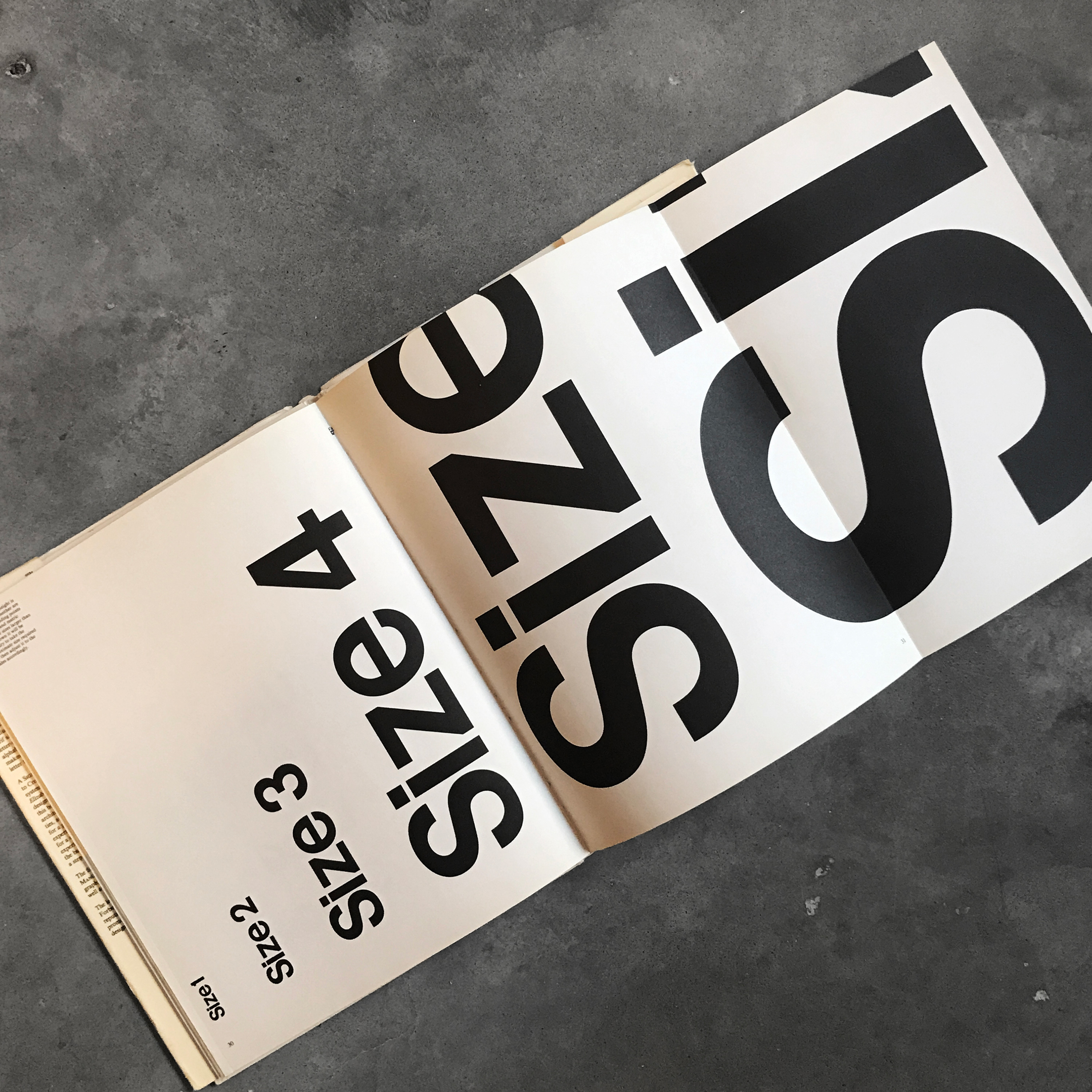
Over a long career, Forbes was the recipient of numerous industry plaudits. He was elected a Royal Designer for Industry by The Royal Society of Arts in 1973 and received the D&AD’s President’s Award in 1977. He was also president of the Alliance Graphique Internationale from 1975-79.
Thoughtful and methodical, deadly serious about the work, Forbes conducted himself with a diffidence that was belied by the confidence and thoroughness of his output. He was every bit as important to the creative legacy of FFG as his two partners, and his introverted nature was the perfect counterpoint to the saturnine Fletcher and the mercurial Gill; indeed, the partnership thrived on these differences. In conversation, both Fletcher, Forbes and Gill talked with equal certainty about how two or all three of them working together would always be better than any one of them working alone.
Pirelli book back cover, 1960s.
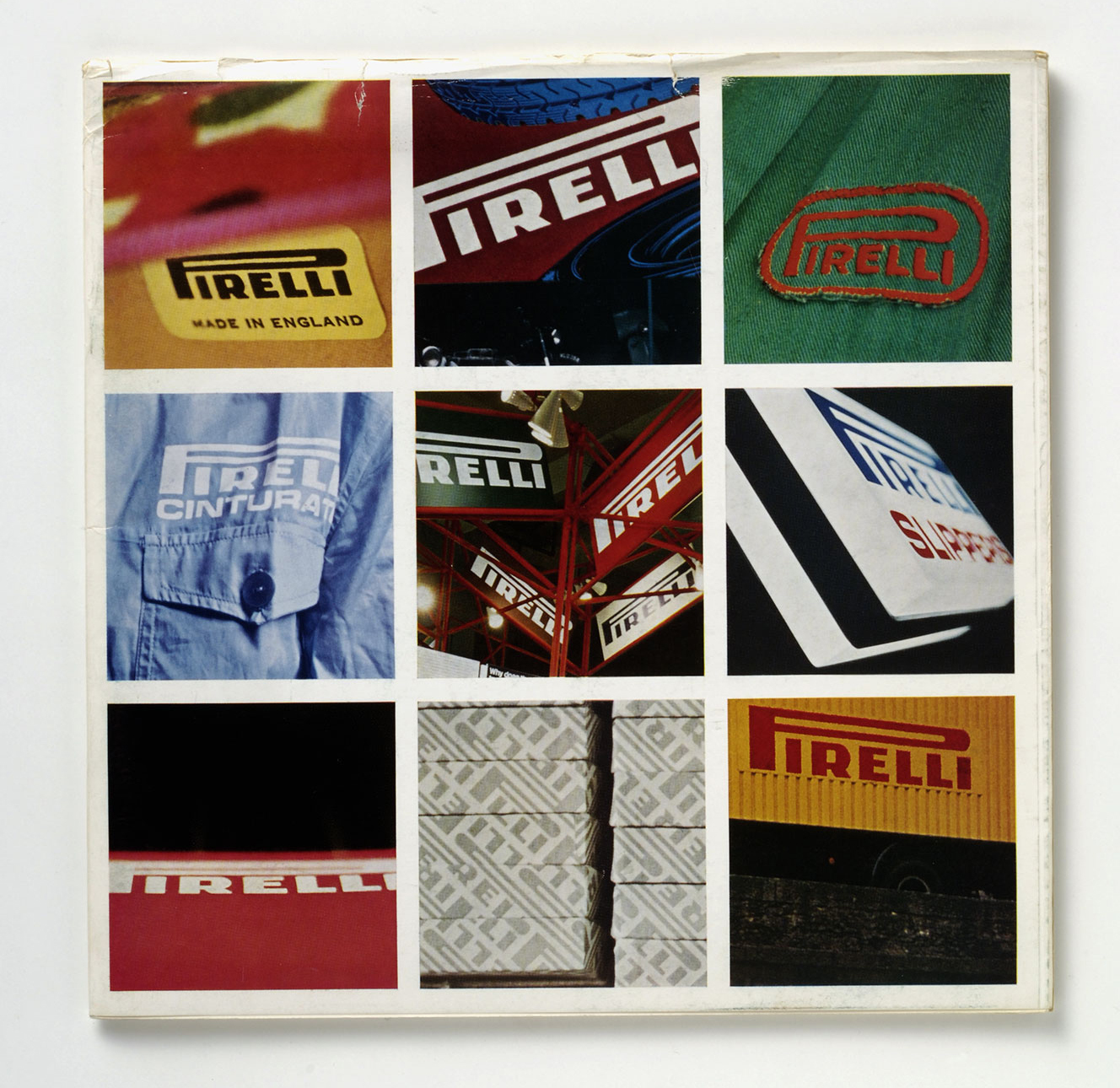
Forbes then was the diligent one, making it his business to make FFG – and subsequently Pentagram – successful enterprises, creating a structure that ensured a studio could leave a generational legacy, instead of dissipating on the departure or death of its founders. In that respect it will be Pentagram’s longevity that stands as testament to his acumen, but it will be the work of Fletcher, Forbes, Gill that will stand as testament to his creativity.
Patrick Baglee, writer, Cambridgeshire
Eye is the world’s most beautiful and collectable graphic design journal, published for professional designers, students and anyone interested in critical, informed writing about graphic design and visual culture. It is available from all good design bookshops and online at the Eye shop, where you can buy subscriptions and single issues.
